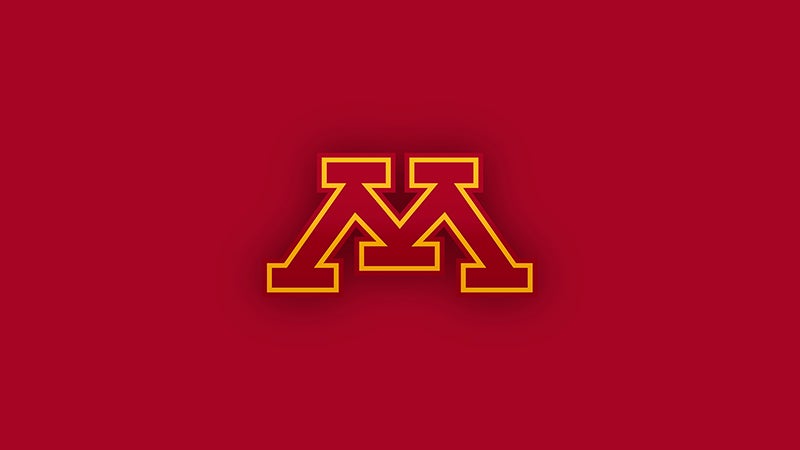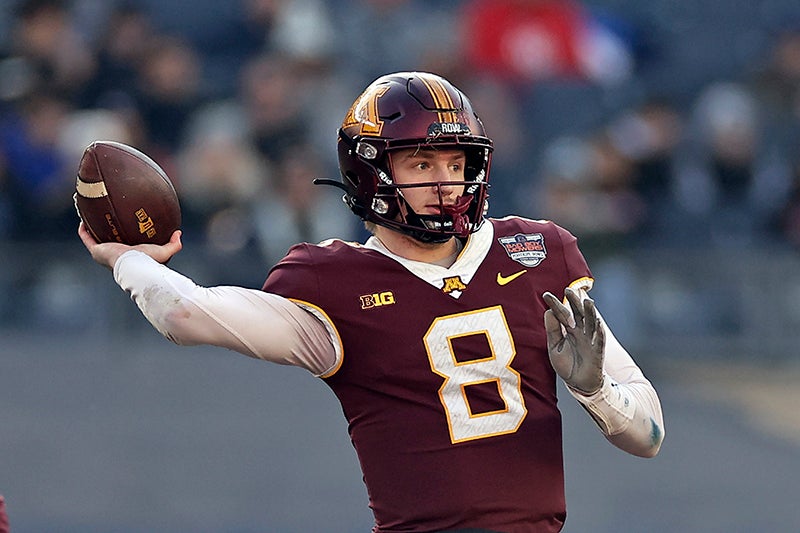Big 10 goes traditional route: East, West
Published 8:35 am Monday, April 29, 2013
PARK RIDGE, Ill. — No more “Legends.” And no more “Leaders.”
The Big Ten is giving them the boot and following a more traditional route for its division names.
The conference is going with “East” and “West” instead and switching to a nine-game scheduling format after presidents and chancellors approved the moves on Sunday.
The new division alignments will begin in 2014 when Rutgers and Maryland join the conference, meaning “Legends” and “Leaders” will be a thing of the past. That will probably come as good news for fans who have criticized those names ever since the league unveiled them in 2010. To many, they were confusing and didn’t help identify where teams play, but that won’t be an issue any more.
Besides the new division alignment, teams will go from playing eight conference games to nine in 2016.
“Big Ten directors of athletics concluded four months of study and deliberation with unanimous approval of a future football structure that preserved rivalries and created divisions based on their primary principle of East/West geography,” commissioner Jim Delany said in a statement. “The directors of athletics also relied on the results of a fan survey commissioned by BTN last December to arrive at their recommendation, which is consistent with the public sentiment expressed in the poll.”
Indiana, Maryland, Michigan, Michigan State, Ohio State, Penn State and Rutgers will be in the East division. The West will consist of Illinois, Iowa, Minnesota, Nebraska, Northwestern, Purdue and Wisconsin.
School will play six division games plus two against teams from the other division in 2014 and 2015. In 2016, they’ll play three cross-division games.
Indiana and Purdue will meet on an annual basis.
East division teams will host five conference games during even-numbered years starting in 2016, with West teams hosting five in odd-numbered seasons. Under that format, teams will be guaranteed to play each other at least once every four years.
“Big Ten directors of athletics met in person or by conference call six times from December to March to discuss a new Big Ten football model,” Delany said. “The level of cooperation and collaboration was reflective of what we’ve come to expect from this group of administrators who have worked extremely well together on a number of complex matters over the past several years. We are all looking forward to ushering in this new era of Big Ten football.”



